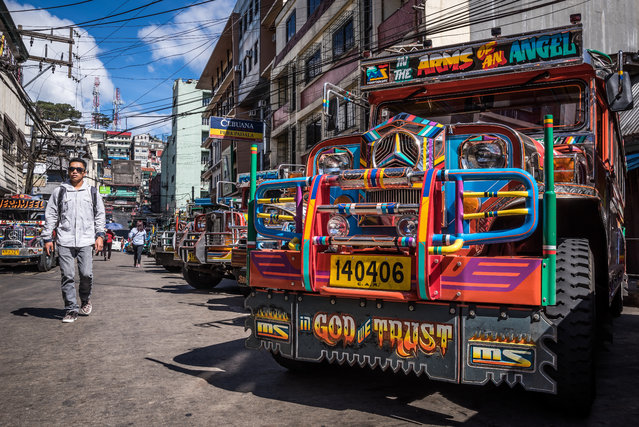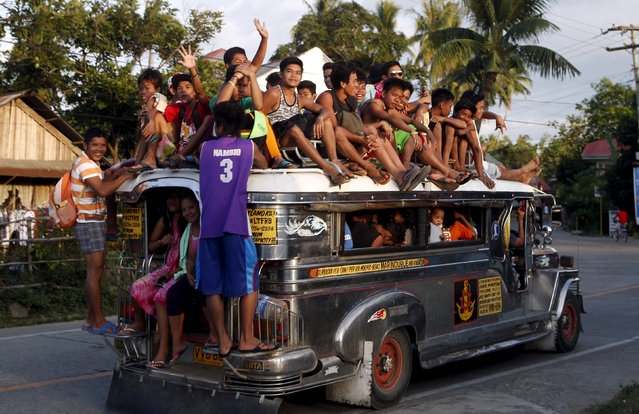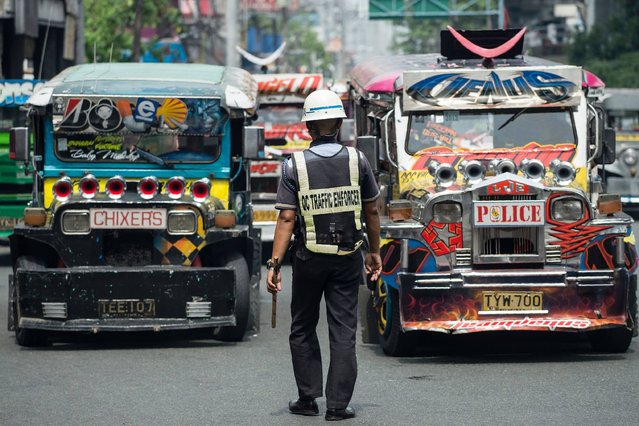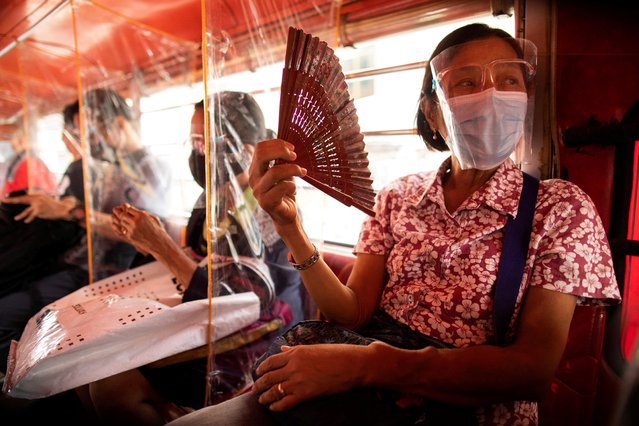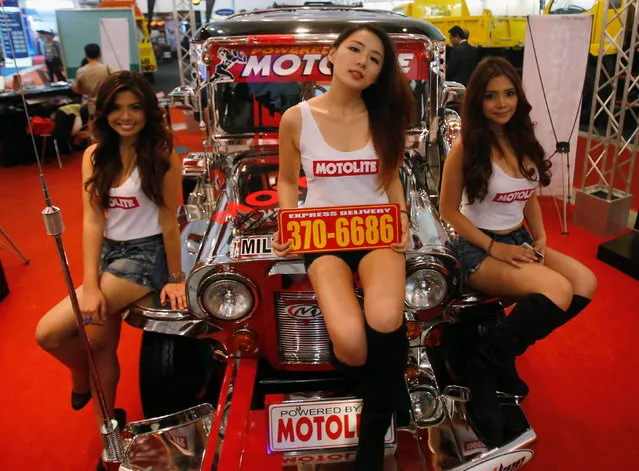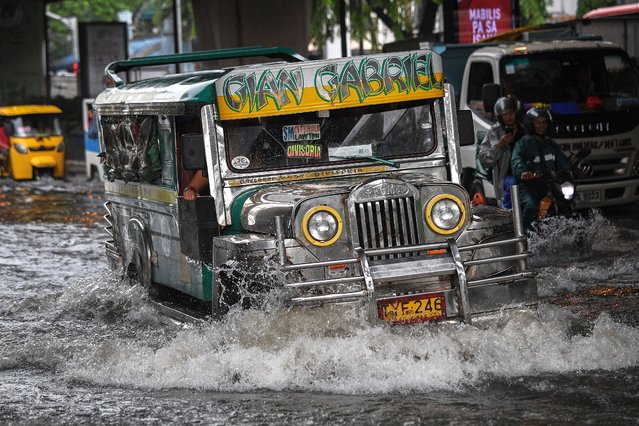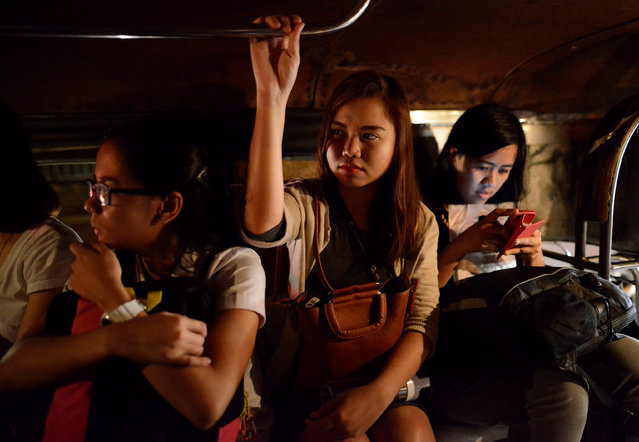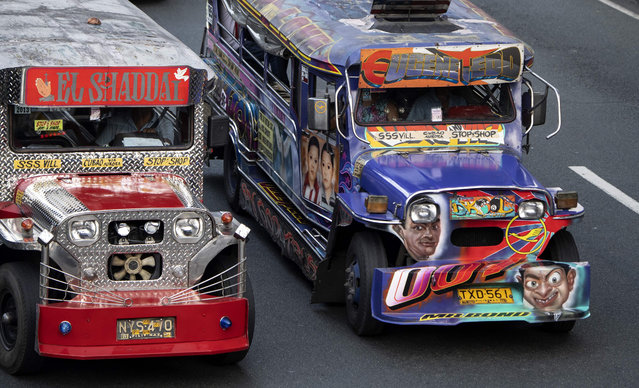
This picture taken on January 17, 2019 shows jeepneys during rush hour in Manila, Philippines. Hand-painting custom decor on jeepneys adorned with images of everything from Batman to babies, as well as disco lights and chrome wheels, have for decades provided cheap transport for millions. But pollution and safety concerns have led to a modernisation programme, with jeepneys 15 years or older to be taken off the streets by 2020. (Photo by Noel Celis/AFP Photo)
30 Jan 2019 00:03:00,post received
0 comments

